I'm trying to detect the center of black/white dot targets, like in this picture. I've tried to use the cv2.HoughCircles method but 1, am only able to detect 2 to 3 targets, and 2, when I plot the found circles back onto the image, they're always offset slightly.
Am I using the wrong method? Should I be using the findContours or something completely different?

Here is my code:
import cv2
from cv2 import cv
import os
import numpy as np
def showme(pic):
cv2.imshow('window',pic)
cv2.waitKey()
cv2.destroyAllWindows()
im=cv2.imread('small_test.jpg')
gray=cv2.cvtColor(im,cv2.COLOR_BGR2GRAY)
#I've tried blur,bw,tr... all give me poor results.
blur = cv2.GaussianBlur(gray,(3,3),0)
n,bw = cv2.threshold(blur,120,255,cv2.THRESH_BINARY)
tr=cv2.adaptiveThreshold(blur,255,0,1,11,2)
circles = cv2.HoughCircles(gray, cv.CV_HOUGH_GRADIENT, 3, 100, None, 200, 100, 5, 16)
try:
n = np.shape(circles)
circles=np.reshape(circles,(n[1],n[2]))
print circles
for circle in circles:
cv2.circle(im,(circle[0],circle[1]),circle[2],(0,0,255))
showme(im)
except:
print "no cicles found"
And this is my current output:

